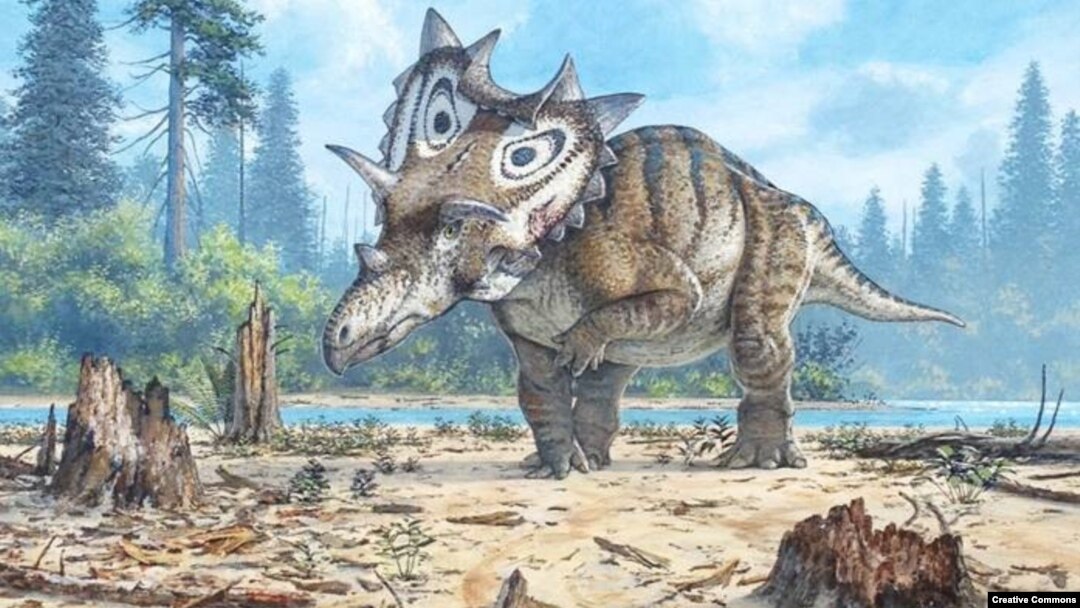Paleontologists in Montana have discovered a new species of horned dinosaur that makes Triceratops - universally considered to be one of the coolest dinosaurs - look boring.
The new species is called Spiclypeus shipporum and what makes it so special is its skull, which is reminiscent of the triceratops with its raised shield and horns but adds some amazing new flourishes.
Spiclypeus -- which so far seems to have roamed a fairly limited range in the U.S. Northwest -- had two horns over its eyes which spiked out to the sides, and an amazing crested shield with large triangular spikes and frills that look more like dorsal fins than horns.
The new species is being unveiled today in the journal PLOS ONE.
Beginner's luck
The new specimen has been given the nickname "Judith," after the fossil-rich Judith River formation in Montana, where it was found.
Dr. Bill Shipp, a retired nuclear physicist, came across the bones while hiking his own land. The dinosaur was named Shipporum in his honor. "Little did I know that the first time I went fossil hunting," he said, "I would stumble on a new species."
75 million years ago, the region was a silty floodplain awash in bones. At least nine other species have been found here, but so far this is the only example of Spiclypeus.
A life of pain
Judith did not have an easy life, according to Jordan Mallon, a researcher from the Canadian Museum of Nature in Canada, who classified the new species.
Her upper arm, Mallon says, showed serious bone damage and evidence of arthritis. It was so bad, according to Mallon, it was probably unusable, but despite being hobbled by disease, Judith lived to maturity and was likely at least 10 years old when she died.
"This is a spectacular new addition to the family of horned dinosaurs that roamed western North America between 85 and 66 million years ago," said Mallon. "It provides new evidence of dinosaur diversity during the Late Cretaceous period from an area that is likely to yield even more discoveries."




